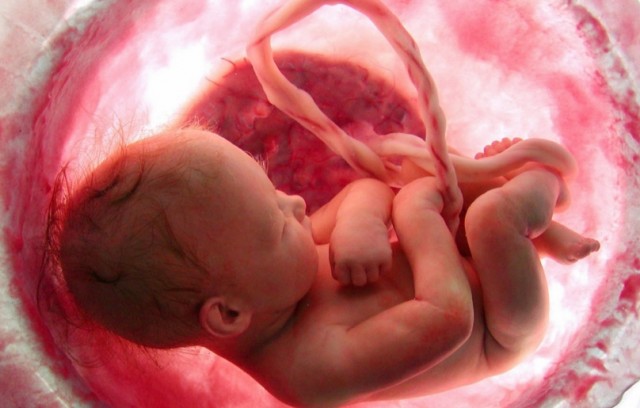UK approves babies made from three people
01/20/2017 / By David Gutierrez

(NaturalNews) The United Kingdom’s Human Fertilisation and Embryology Authority (HFEA) has formally approved the use of techniques that produce human beings with DNA from three separate people.
The biotechnology is intended to enable the healthy birth of babies who would otherwise die from a group of inherited diseases that result in poorly functioning mitochondria. The mitochondria are the tiny structures that allow cells to produce energy. They have their own DNA, which is inherited only from the mother.
The “three-parent” technique takes a donated egg or fertilized embryo and removes its nucleus, replacing it with genetic material from the parents. Thus, all of the child’s nuclear DNA – which contains all of what we typically think of as a person’s genetic code – comes from its parents, but its mitochondrial DNA comes from a donor.
First clinic ready to go
One in 4,300 children is born with some form of mitochondrial disease. In the most severe forms, the body may not have enough energy for the heart to keep beating. Serious symptoms include chronic muscle weakness, blindness, deafness, seizures, diabetes, heart and liver failure and even death.
Under the new British rules, in-vitro-fertilization (IVF) clinics wanting to perform three-person IVF must apply for a license from the HFEA. They must then apply separately for permission for every single patient. The HFEA has signaled its intention to approve applications only in cases where the risk is very high of a child born without the technique developing a severe mitochondrial disease.
Get more news like this without being censored: Get the Natural News app for your mobile devices. Enjoy uncensored news, lab test results, videos, podcasts and more. Bypass all the unfair censorship by Google, Facebook, YouTube and Twitter. Get your daily news and videos directly from the source! Download here.
The first hospital to apply for the license is expected to be Newcastle-upon-Tyne Hospitals NHS Foundation Trust and Newcastle University, which is home to the researchers that developed the newest three-person IVF techniques. Researchers from that hospital had already started the search for donor eggs even before the HFEA announced its decision.
“Now that that we are moving forward towards clinical treatments, we will also need donors to donate eggs for use in treatment to prevent affected women transmitting disease to their children,” said Mary Herbert of the Newcastle Fertility Centre, in reaction to the HFEA ruling.
The Newcastle team says it hopes to produce 25 three-person IVF pregnancies per year. They expect the first child to be born as early as the end of 2017. The researchers will continue to provide long-term followup and monitoring of all children born.
The British National Health System has agreed to fund the costs of the first few cases of three-person IVF for couples that agree to long-term followup.
Slippery slope to designer babies?
Three-person IVF made the news several months ago, when a US-based research team announced the birth of a baby produced using the technique. The procedure had been performed in Mexico in order to bypass a 2002 FDA ruling discouraging three-person IVF due to the risk of poorly studied side effects.
The HFEA’s strict rules are seen by some observers as an effort to better regulate the technology.
“It is infinitely preferable that the early clinical trials should be done in a tightly regulated system in the UK, with long term follow-up of any children born, rather than in countries where there is no regulation or oversight,” said clinical geneticist Frances Flinter of Guy’s and St Thomas’ NHS Foundation Trust.
But many critics fail to be reassured by the new regulations. Some animal studies suggest that mitochondrial replacement techniques may still carry the same risks they did in 2002, such as missing chromosomes, cognitive impairment and changes in fertility or ageing. The ethical implications are magnified because the changes are being made to DNA that is passed on to future generations.
Many critics also worry that three-person IVF is the first step down a slippery slope toward “designer babies.”
“Already, bioethicists have started to argue that allowing mitochondrial replacement means that there is no logical basis for resisting GM babies, which is exactly how slippery slopes work,” said David King of Human Genetics Alert.
Sources for this article include:
Tagged Under: fertility treatment, IVF, medical ethics, three-person IVF




















